The competitive landscape of internet service providers across the United States has undergone significant transformation, marked by technological leaps, improved customer service, and expanding coverage areas. As remote work continues to shape connectivity demands, providers have responded with unprecedented investments in infrastructure and service quality.

Verizon Fios maintains its position as a premier fiber-optic internet provider, delivering consistent gigabit speeds to millions of households across the Eastern seaboard. The company’s recent expansion into previously underserved markets has brought reliable high-speed connectivity to numerous communities. Their flagship service now offers symmetrical speeds up to 2.3 Gbps, addressing the growing demand for robust upload capabilities among remote workers and content creators. Customer satisfaction surveys consistently rank Verizon Fios at the top, particularly noting their reliable service and minimal downtime.

AT&T Fiber has made remarkable strides in network expansion, with their fiber-optic network now reaching over 30 million households nationwide. The provider’s commitment to infrastructure development has resulted in the successful deployment of their 5-gigabit service across major metropolitan areas. AT&T’s integration of artificial intelligence for network management has significantly reduced service interruptions and improved response times for technical issues. Their competitive pricing structure, combined with the elimination of data caps on fiber plans, has attracted a substantial number of new subscribers.
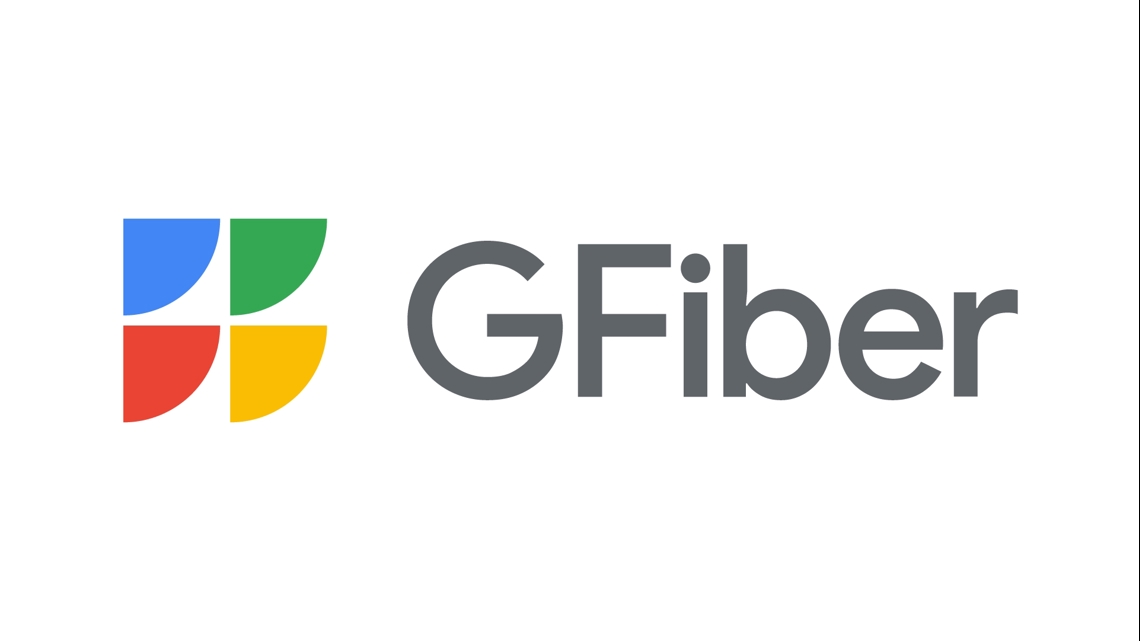
Google Fiber, though available in select markets, continues to set industry standards for service quality and customer satisfaction. Their recent technological breakthrough in fiber-optic transmission has enabled them to offer unprecedented speeds of up to 8 Gbps in pilot markets, with plans for wider deployment. The company’s innovative approach to installation and customer service, including AI-powered troubleshooting and self-installation options, has revolutionized the customer experience.
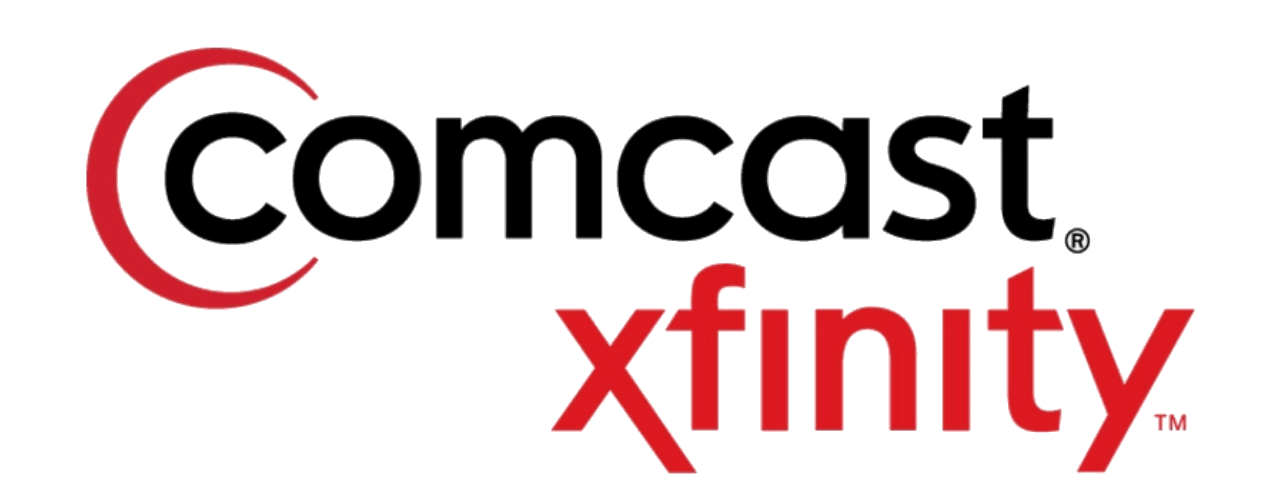
Xfinity by Comcast has expanded its fiber-coaxial hybrid network, delivering gigabit speeds to more communities than ever before. Their investment in DOCSIS 4.0 technology has enabled them to offer multi-gigabit speeds over existing cable infrastructure, providing a cost-effective alternative to full fiber deployment. The company’s xFi platform has evolved to include advanced security features and smart home integration, appealing to tech-savvy consumers seeking comprehensive digital solutions.
Spectrum has strengthened its position in the market through strategic network upgrades and customer service improvements. Their commitment to eliminating contracts and hidden fees continues to resonate with consumers seeking transparency in pricing. The provider’s mobile integration offers additional value through bundled services, while their expansion of WiFi hotspots provides enhanced connectivity options for subscribers on the go.
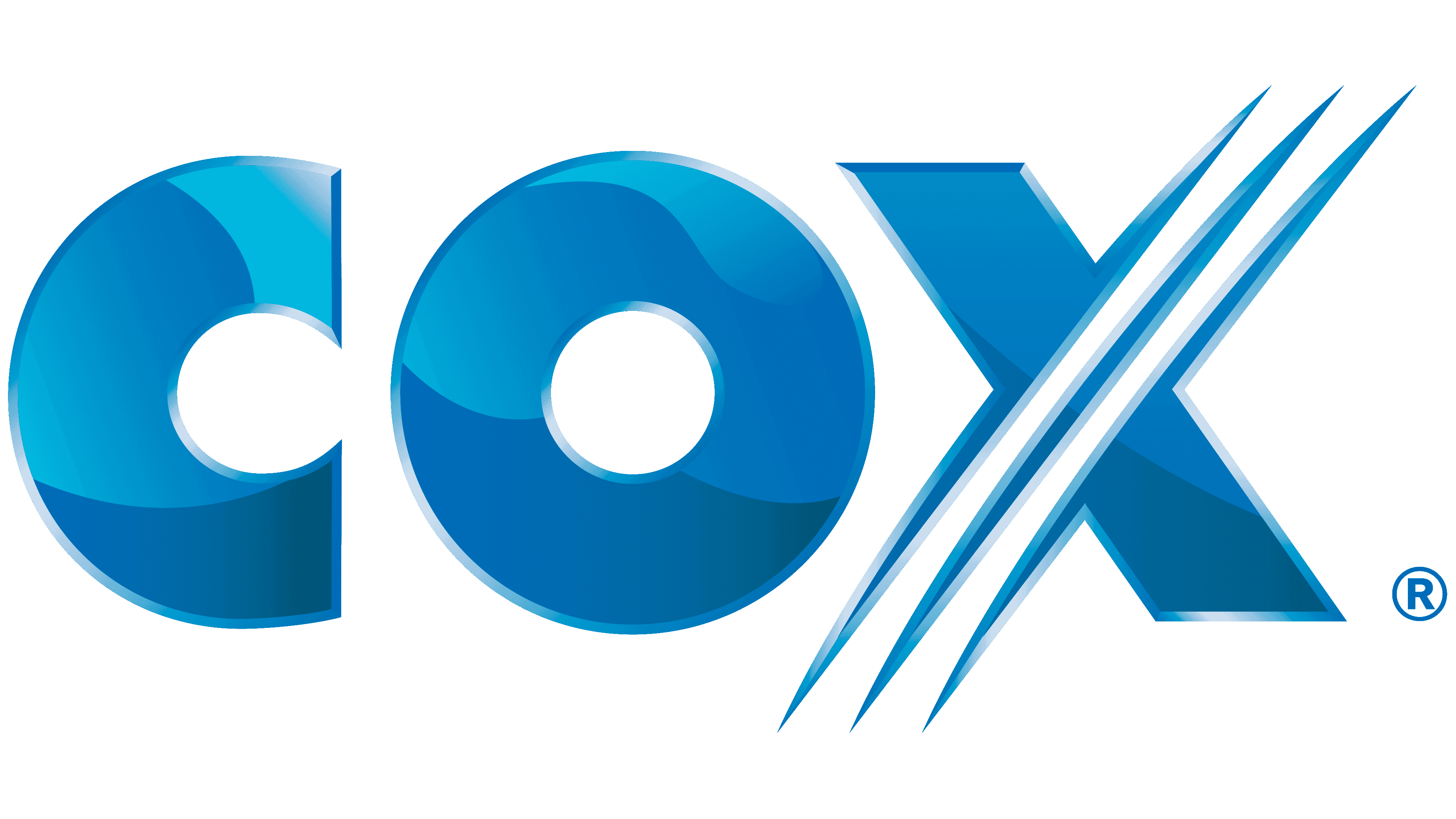
Cox Communications has distinguished itself through its focus on network reliability and customer service excellence. Their Elite Gamer feature, which optimizes connections for online gaming, has gained significant traction among gaming enthusiasts. The provider’s commitment to bridging the digital divide is evident in their Connect2Compete program, which offers affordable internet access to eligible low-income families.
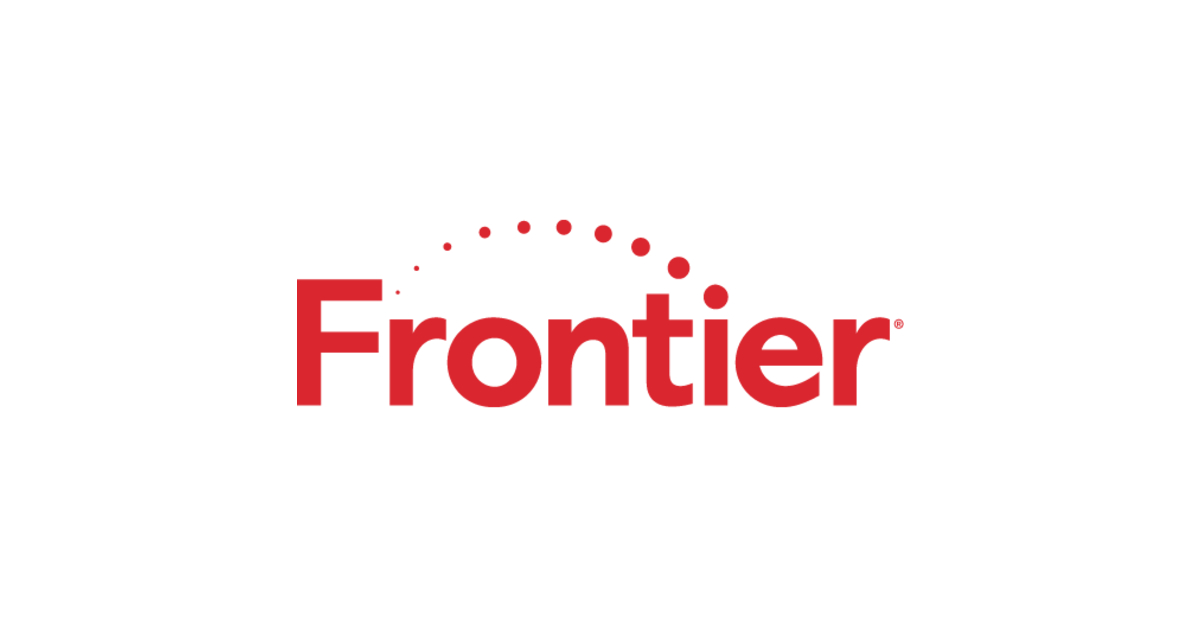
Frontier Communications, emerging from restructuring, has made substantial investments in fiber-optic infrastructure. Their aggressive expansion strategy has brought high-speed fiber internet to numerous rural communities previously limited to DSL service. The company’s simplified pricing structure and improved customer service have helped rebuild consumer trust and market share.

CenturyLink, now operating as Quantum Fiber in fiber markets, has modernized its network infrastructure while maintaining competitive pricing. Their price-for-life guarantee on fiber services has attracted customers seeking long-term price stability. The provider’s focus on business services has resulted in enhanced support options and service level agreements tailored to enterprise needs.
Regional providers have also made significant contributions to the competitive landscape. Ting Internet, operating in select markets, has earned praise for its exceptional customer service and reliable gigabit speeds. Similarly, EPB Fiber Optics in Chattanooga continues to demonstrate the potential of municipal broadband networks, offering multi-gigabit speeds at competitive prices.
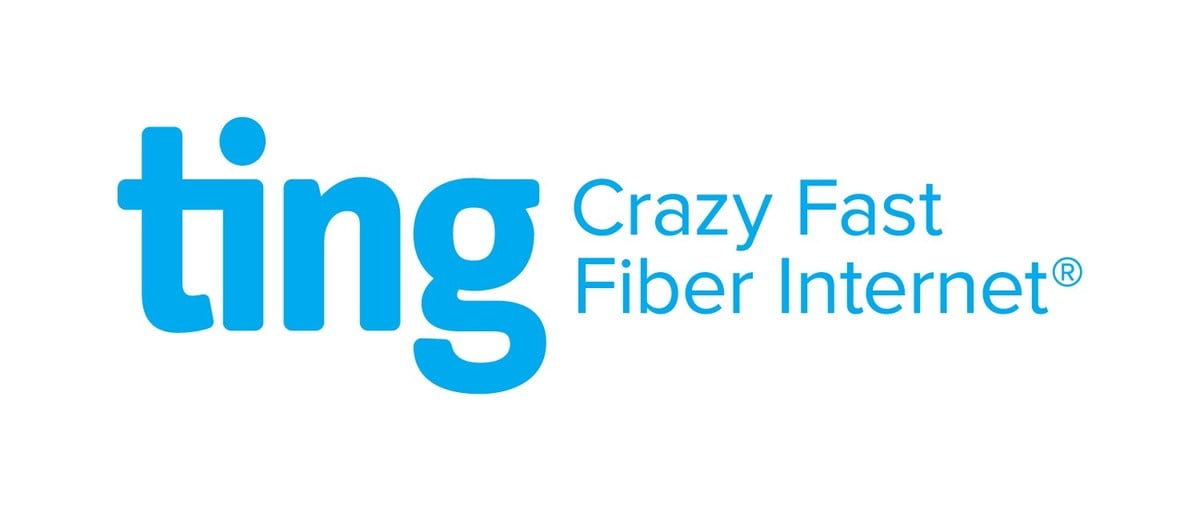
The industry has seen substantial improvements in installation processes, with many providers now offering self-installation options and virtual support. Advanced diagnostic tools and AI-powered troubleshooting have reduced the need for traditional service calls, improving both efficiency and customer satisfaction. Most major providers have also implemented proactive network monitoring systems that can identify and address potential issues before they impact service.
Pricing structures have evolved to become more transparent, with many providers eliminating hidden fees and long-term contracts. Competition has driven down the cost of gigabit service, with prices ranging from $60 to $90 per month in most markets. Value-added services, such as included WiFi equipment and security features, have become standard offerings rather than premium add-ons.
Mobile integration has emerged as a key differentiator, with several providers offering bundled mobile services and seamless connectivity between home and mobile networks. The convergence of fixed and mobile broadband has created new opportunities for providers to deliver comprehensive connectivity solutions.
Rural connectivity remains a challenge, but significant progress has been made through various initiatives and technologies. Satellite internet providers like Starlink have expanded their coverage, providing high-speed connectivity to areas beyond the reach of traditional networks. Traditional providers have also accelerated their rural expansion efforts, supported by federal infrastructure funding and public-private partnerships.
The emphasis on sustainability has grown stronger, with many providers implementing eco-friendly practices and investing in renewable energy sources for their operations. Several companies have announced ambitious goals for carbon neutrality, demonstrating a commitment to environmental responsibility while maintaining service quality.
Customer support has evolved significantly, with providers incorporating AI-powered chatbots, virtual assistance, and enhanced self-service options. These improvements have resulted in faster resolution times and higher customer satisfaction scores across the industry. Many providers now offer comprehensive mobile apps that enable customers to manage their services, troubleshoot issues, and schedule maintenance without calling customer service.
The industry is poised for continued innovation and improvement. The ongoing deployment of fiber-optic infrastructure, combined with advancements in network technology, promises even faster speeds and more reliable service. The integration of artificial intelligence and machine learning is expected to further enhance network management and customer service capabilities.
As remote work and digital services continue to drive demand for reliable high-speed internet, providers are expected to maintain their focus on network expansion and service quality improvements. The competitive landscape will likely continue to evolve, with providers differentiating themselves through innovative services, customer support excellence, and comprehensive connectivity solutions.
For consumers navigating the market, key considerations beyond speed and price include reliability, customer service quality, and the availability of value-added services. While national providers offer extensive coverage and established track records, regional and municipal providers often deliver comparable or superior service in their markets, making them worthy of consideration where available.







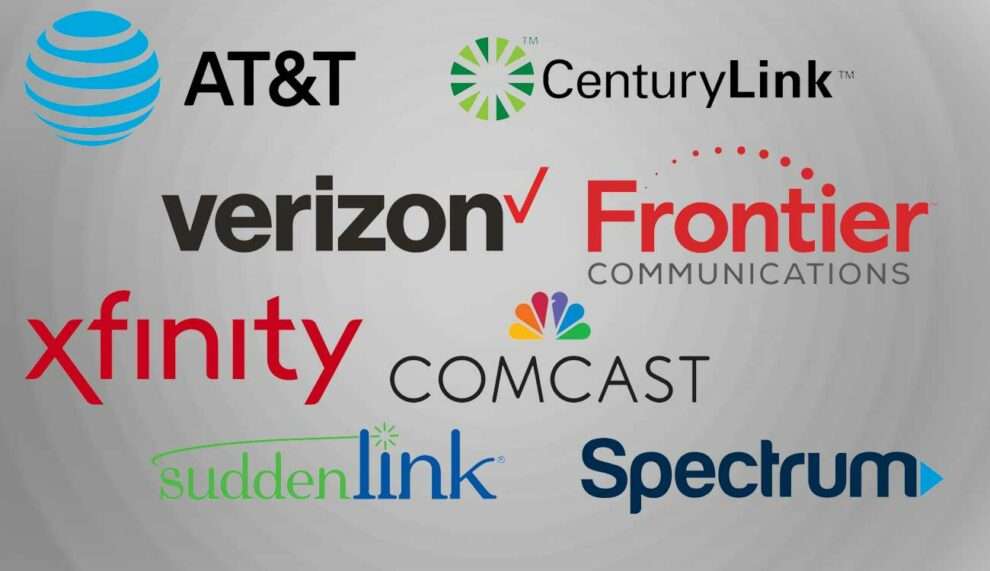

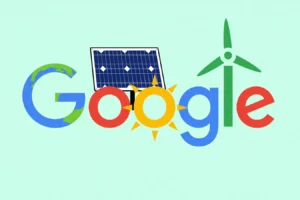






Add Comment